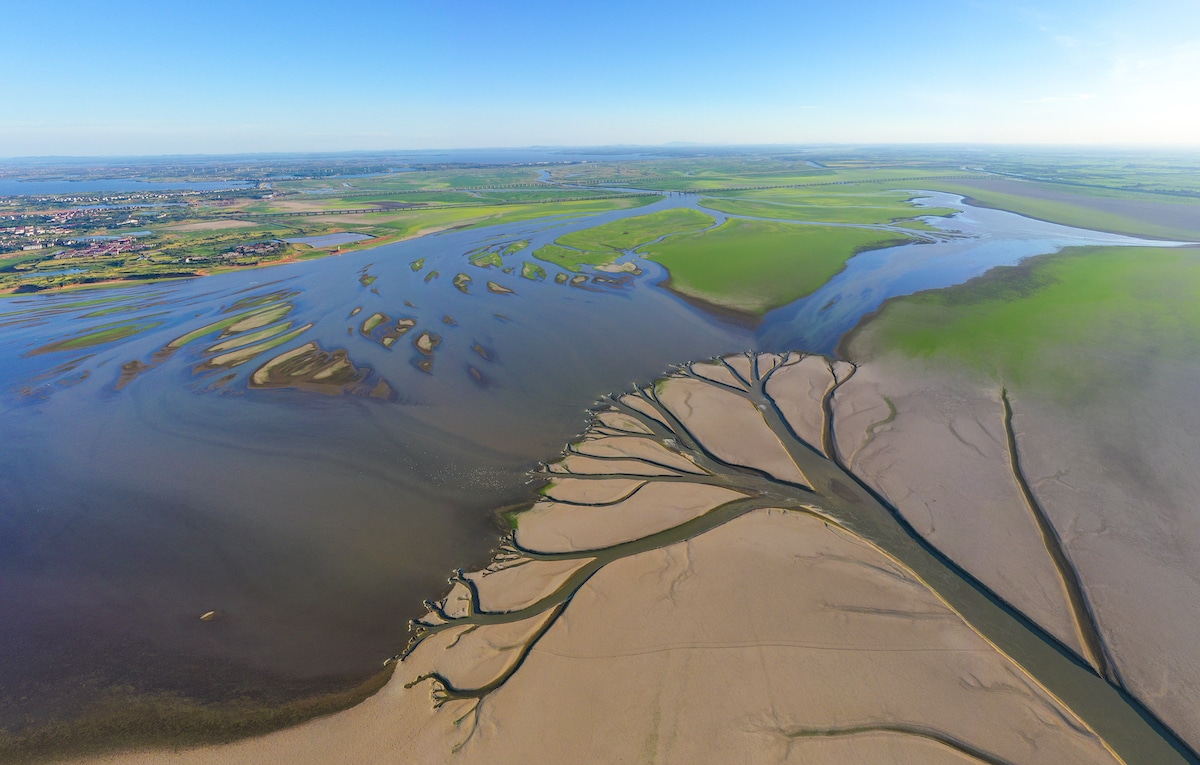Parts of Yangtze River in China Dry Up Amid Drought, Causing Hydropower Shortage

 Why you can trust us
Why you can trust us
Founded in 2005 as an Ohio-based environmental newspaper, EcoWatch is a digital platform dedicated to publishing quality, science-based content on environmental issues, causes, and solutions.
An ongoing drought in China has caused parts of the Yangtze River to dry up, leading to hydropower shortages along with shipping and industry disruptions. The drought, which has triggered national alerts, is accompanied by a long heat wave in southwestern China that is expected to last into September.
Sichuan, a southwestern province of China, receives the vast majority of its energy from hydropower, The Guardian reported. With parts of the Yangtze River running dry, it has left the province short on meeting energy demands. Downriver, Chongqing city and the Hubei province are also facing hydropower shortages due to the drought.
The country is rationing energy in response, with shopping malls and other businesses in Chongqing required to reduce their open hours to reduce energy demand. Sichuan has also limited and even completely suspended power to factories, including Toyota and Tesla, and restricted public energy supply over the past two weeks, with operations still under suspension.
According to the Chinese government, this summer has been the hottest and driest since record keeping began, and the drought has impacted more than 2.46 million people. In July, the heat impacted about 5.5 million people. More than 1,500 people have also had to be recently relocated amid brush fires related to the drought and heat wave.
The Yangtze River is the longest river in Asia and the third-largest river in the world, supplying drinking water to more than 400 million people in China and serving as an important global shipping hub. But this summer’s heat and drought has led many parts of the river and its tributaries to dry up and water flow to decrease.
Water levels in the Yangtze River have declined so much that centuries-old Buddhist statues have been revealed in areas where the water is decreasing. The declining water levels have also decreased hydropower at a time when energy demand has increased as much as 25%, leaving the government to increase reliance on coal for electricity.
The drought is also impacting agriculture. Currently, the government is planning to seed clouds with chemicals to induce rain to save grain harvests. Farmers will also apply a “water retaining agent” to reduce evaporation, as reported by The Associated Press.
China is not alone in facing extreme heat and prolonged drought, as much of the world faces these intense conditions.
“We have to face the fact that similar heatwaves will occur frequently in the future… it will become a new normal,” Chen Lijuan, chief forecaster of China’s national climate center, said.
Subscribe to get exclusive updates in our daily newsletter!
By signing up, you agree to the Terms of Use and Privacy Policy & to receive electronic communications from EcoWatch Media Group, which may include marketing promotions, advertisements and sponsored content.

 233k
233k  41k
41k  Subscribe
Subscribe 




